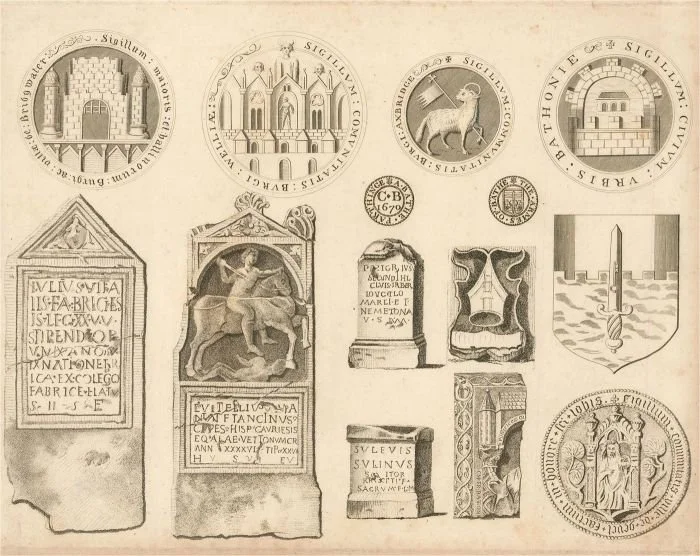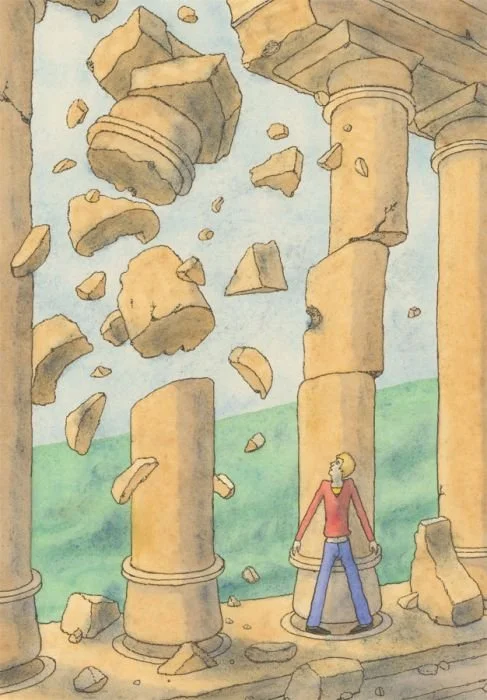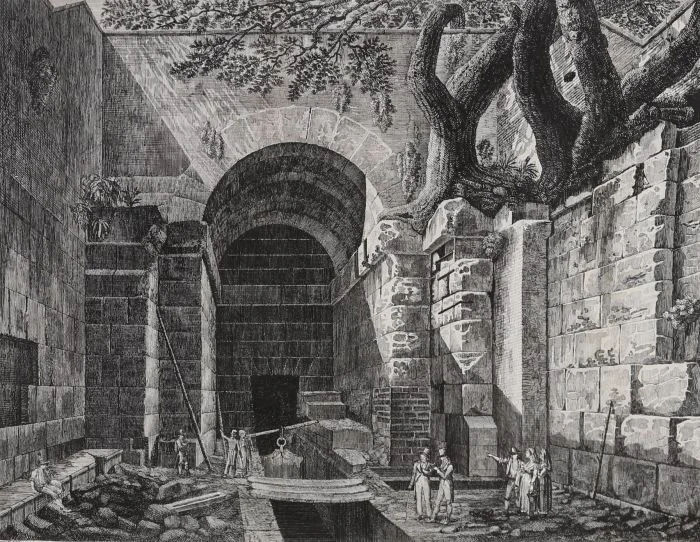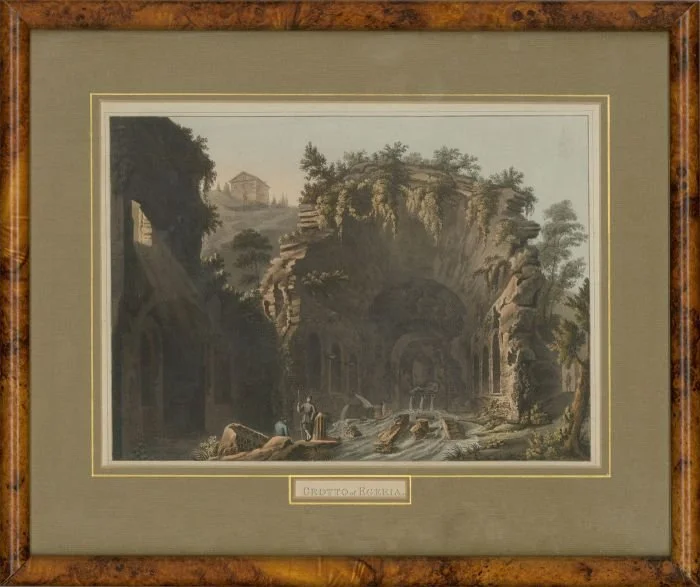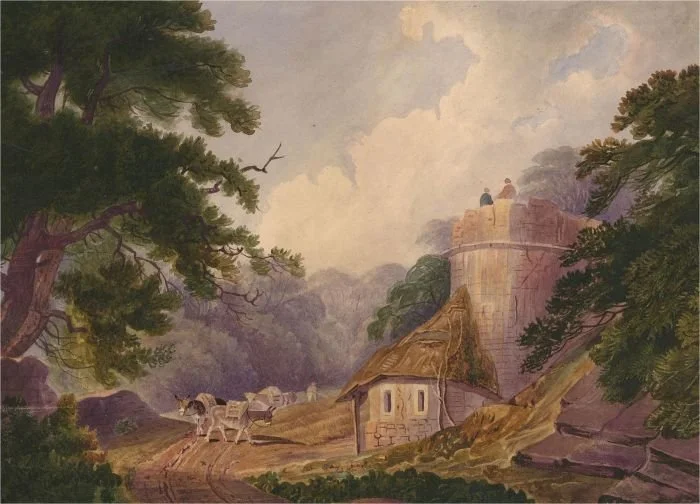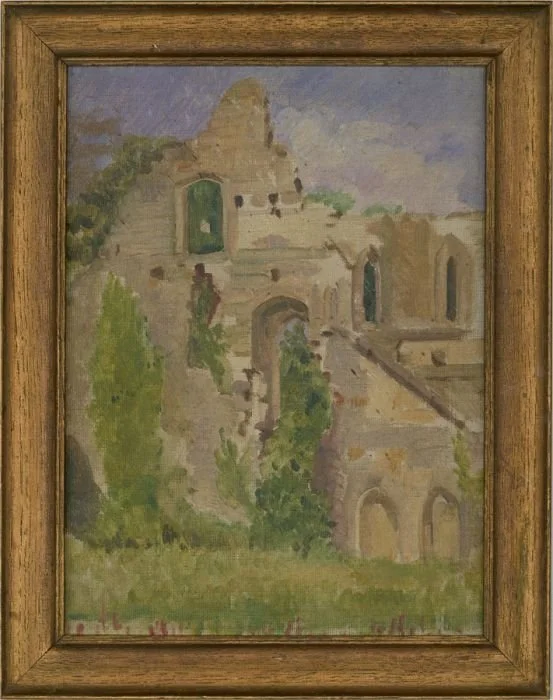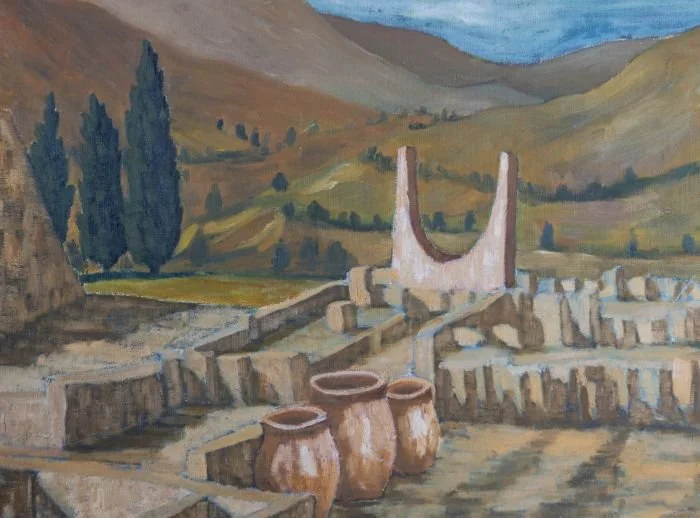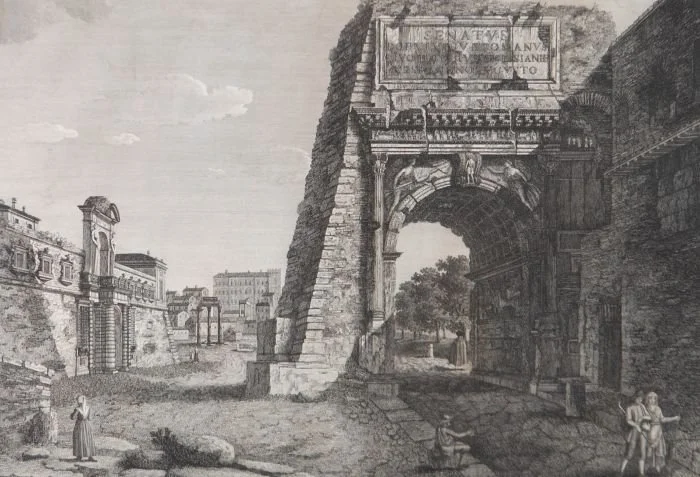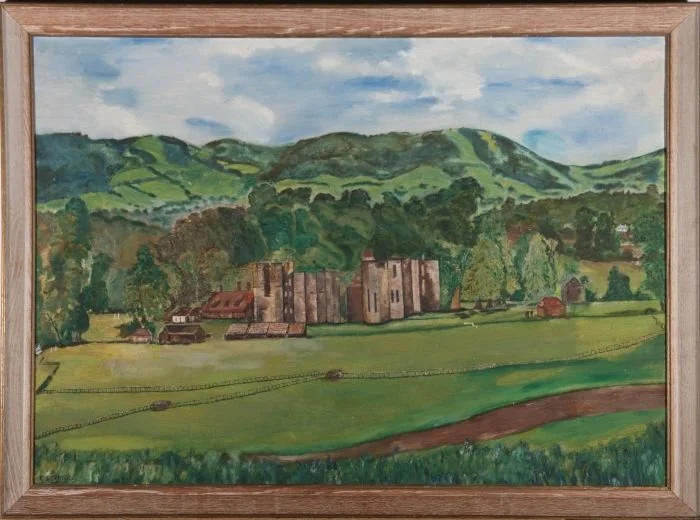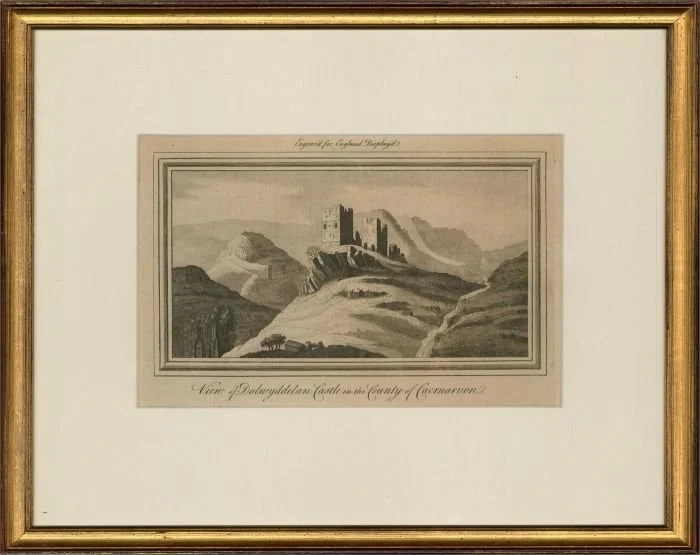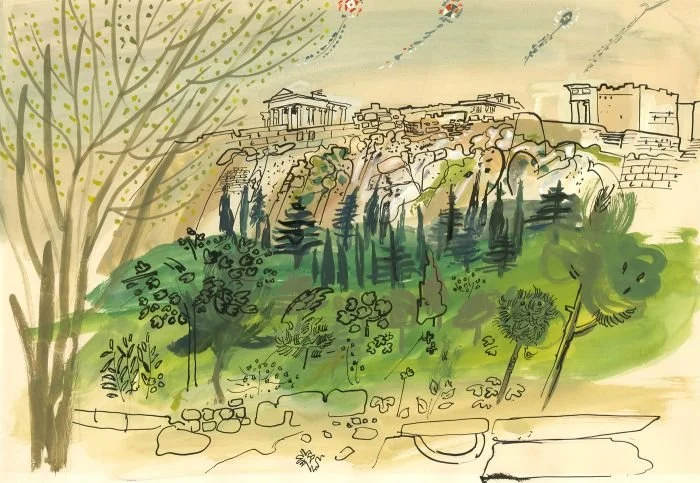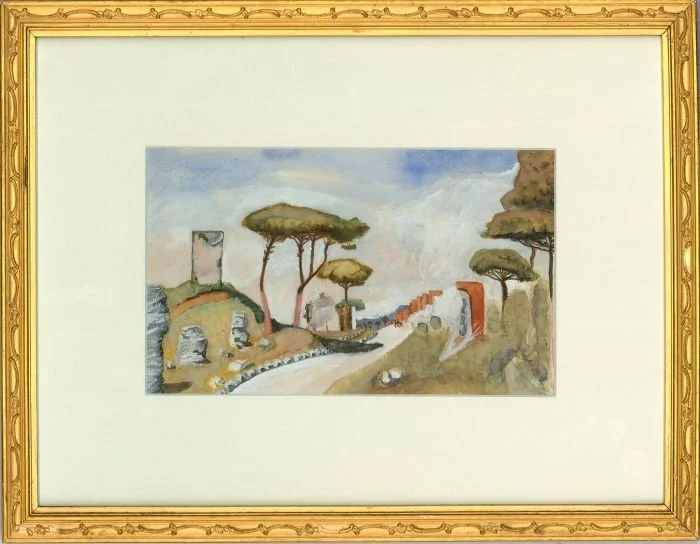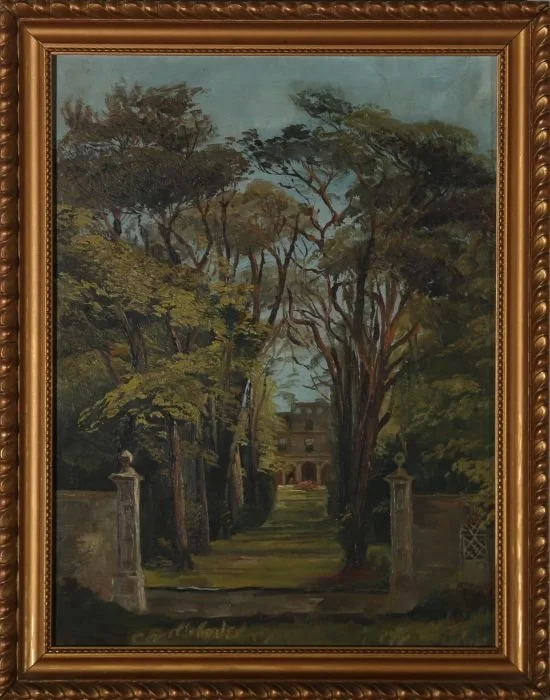In Ruins
Enchanting and often poignant, architectural remains have long been both a subject and a device when it comes to art through the centuries. From the fantastical capricci popular among Grand Tourists in Italy to the Picturesque movement in England, ruins were used to echo the lost grandeur of Ancient Rome. With a hold over our imaginations, they inspire a sense of wonder, or sometimes horror, providing stark visual evidence of the passage of time as well as the inevitable triumph of nature over man. Here’s some of our favourite works in our catalogue, inspired by the beauty of ruins.
While not exactly a ruin, this fascinating engraving of tombs found near the city of Bath records the dearly departed during the Roman occupation of Britain.
Early 19th Century Stipple Engraving - Tombs, Coins and Seals From Bath
The skilled use of shadow casts the huge stone blocks in a dramatic light in this early Italian engraving.
Luigi Rossini (1790-1857) - 1825 Engraving, Emissary of Lake Albano
Best known as the ancestral home of Lord Byron, Newstead Abbey became a country house following the dissolution of the monasteries, retaining a picturesque ruined arch at the North end.
Arthur Sherwin - Contemporary Oil, Newstead Abbey from the East
We love a grotto here at Sulis, if only we could spend more time cooling off amongst dripping rock formations and mossy ferns.
Matthew Dubourg (fl.1786–1838) - Early 19th Century Aquatint, Grotto Of Egeria
The overhanging foliage, figures atop a ruined folly and laden donkeys in this early view of a Devon lane combine to create a charming picture of rural life in the early part of the 19th century.
Catherine Board - Early 19th Century Watercolour, View in Devonshire
A fun impressionist view of the largest Minoan royal palace, certainly worth a visit if you ever find yourself in Crete.
20th Century Oil - Ancient Ruins of Knossos, Minoan City, Crete
The Arch of Titus stands as proud today as it did in this nineteenth century view of the Roman Forum by the French engraver Francois Morel.
Francois Morel (c.1768-c.1840) - Early 19th Century Engraving, Veduta dell'arco di Tito
We don’t think these chickens had a clue how picturesque their yard was!
J.H. Phillips (fl.1858-1867) - Watercolour, Feeding the Chickens
Built by Emperor Augustus around 27 BCE, the Portico of Octavia can still be found standing in Central Rome, used for centuries as a fish market. This impressive work is in remarkable condition for its age, depicting the gutted fish beneath corinthian columns.
Framed Early 19th Century Watercolour - Fish Market, Portico of Octavia, Rome
Is there a more iconic ruin than the Parthenon on the acropolis at Athens? This artist captures the spirit of the rocky outcrop in a joyful manner.
D. Osborn - 20th Century Watercolour, Acropolis From the Ancient Agora, Athens
Requisitioned during the war, Guys Cliffe House now stands in ruin, a far cry from it’s previous life as a glamourous country home.
E. M. Stanley - Mid 20th Century Oil, The Avenue, Guys Cliffe House


